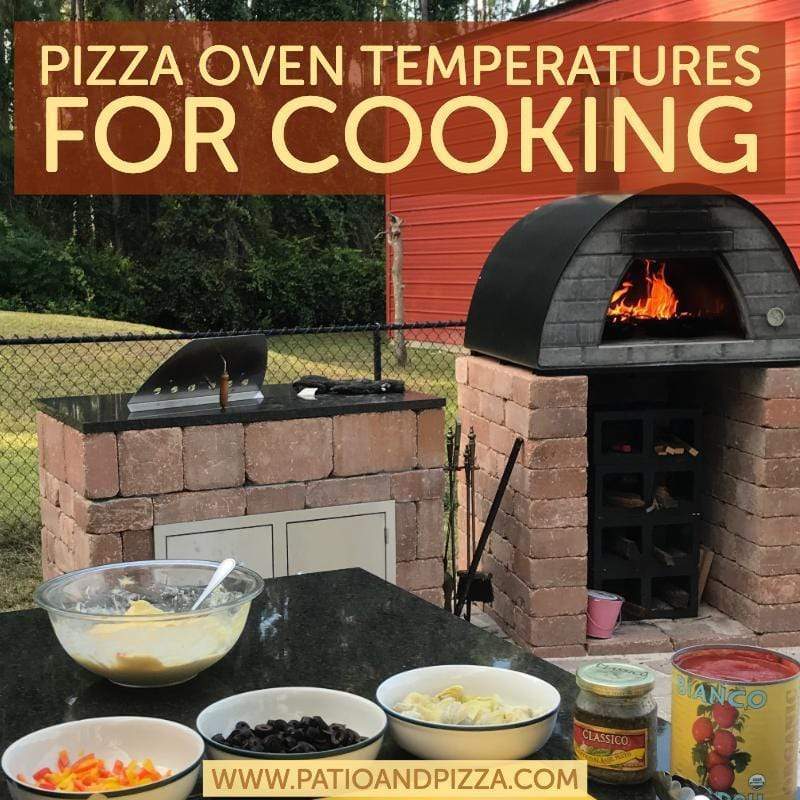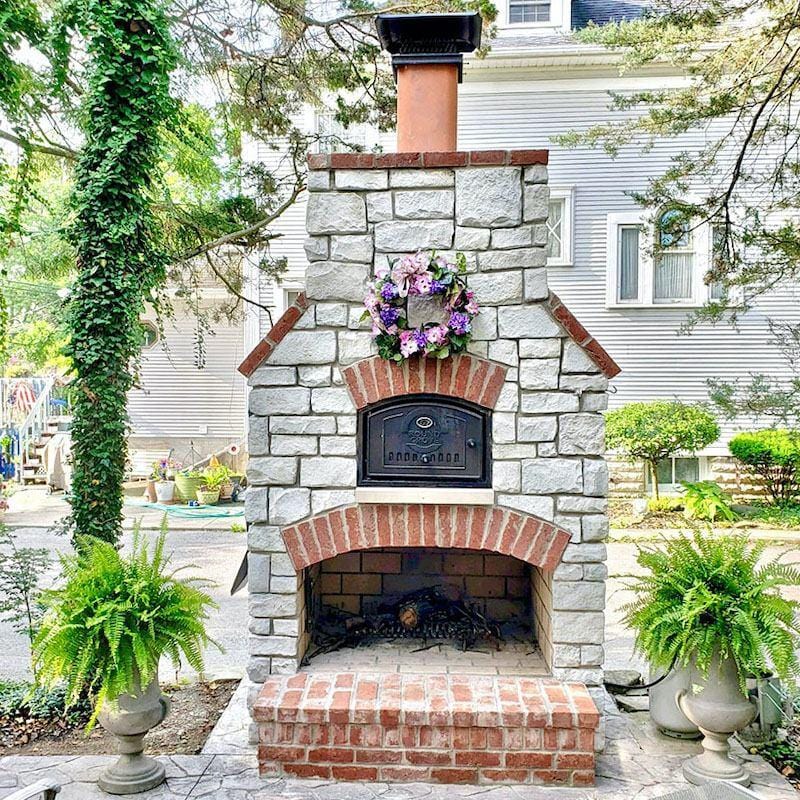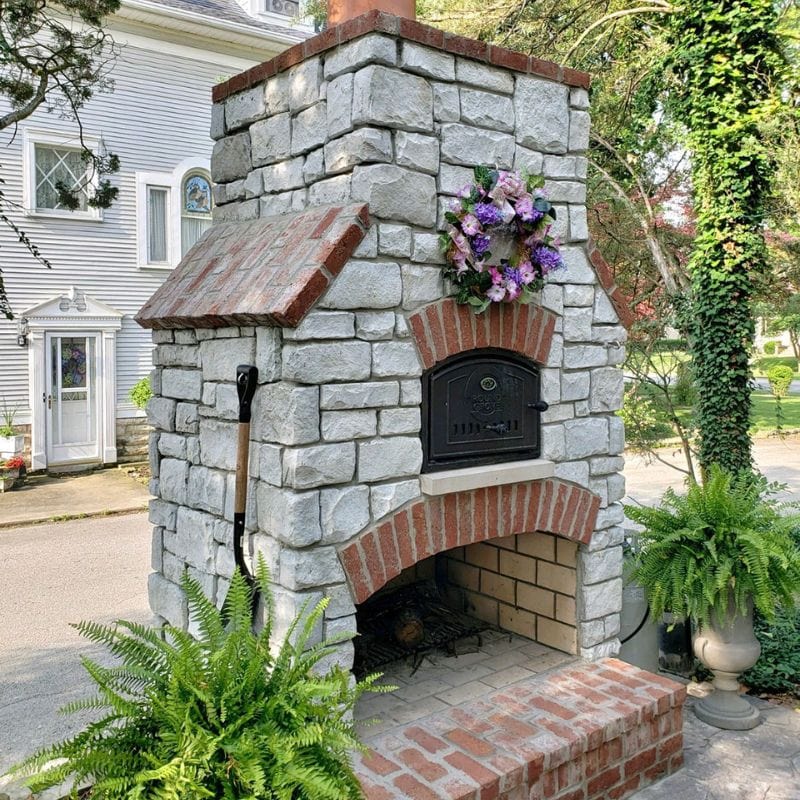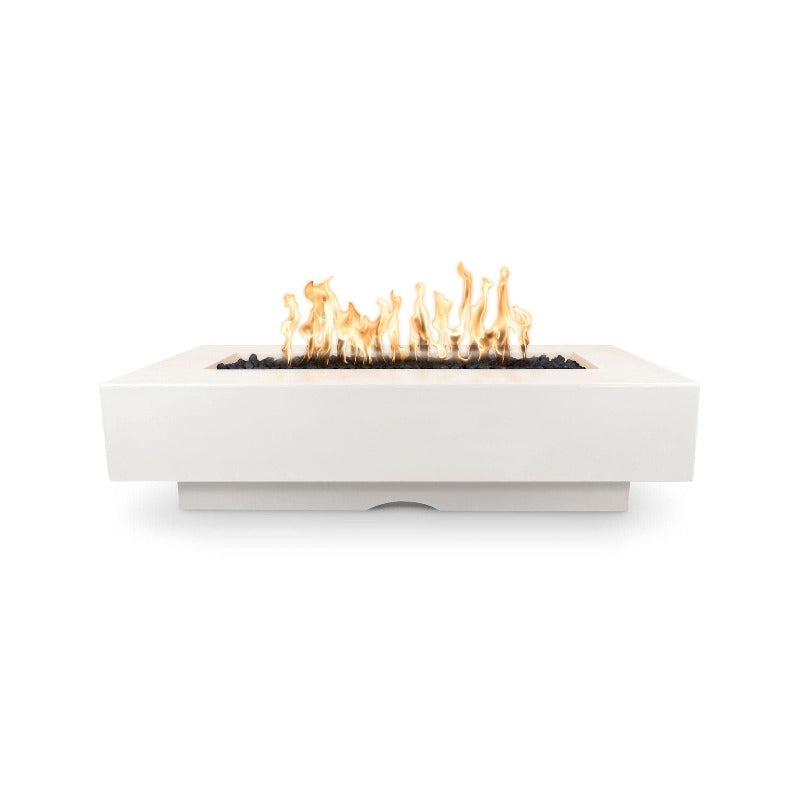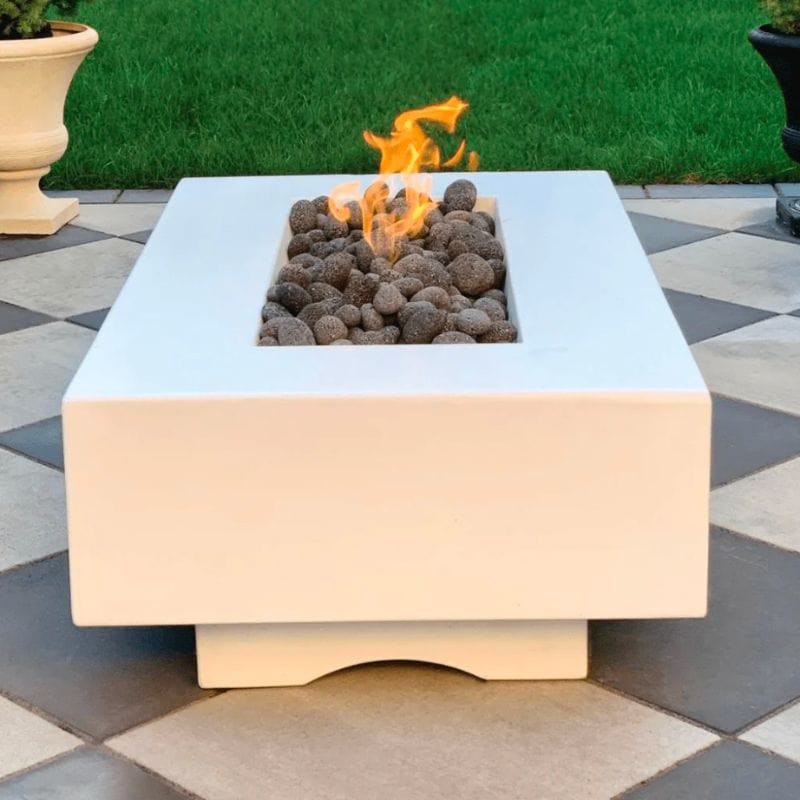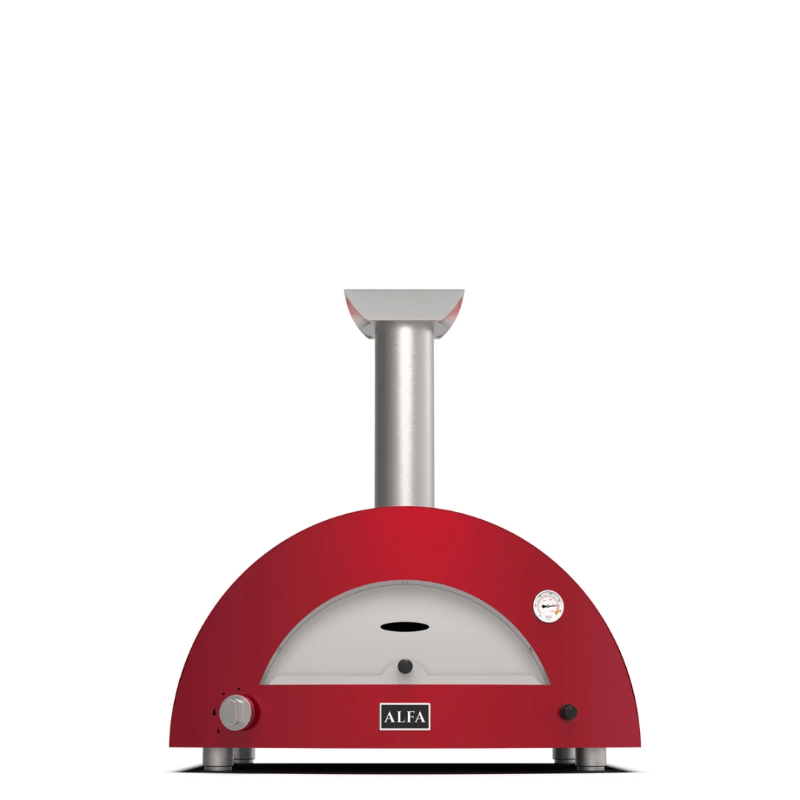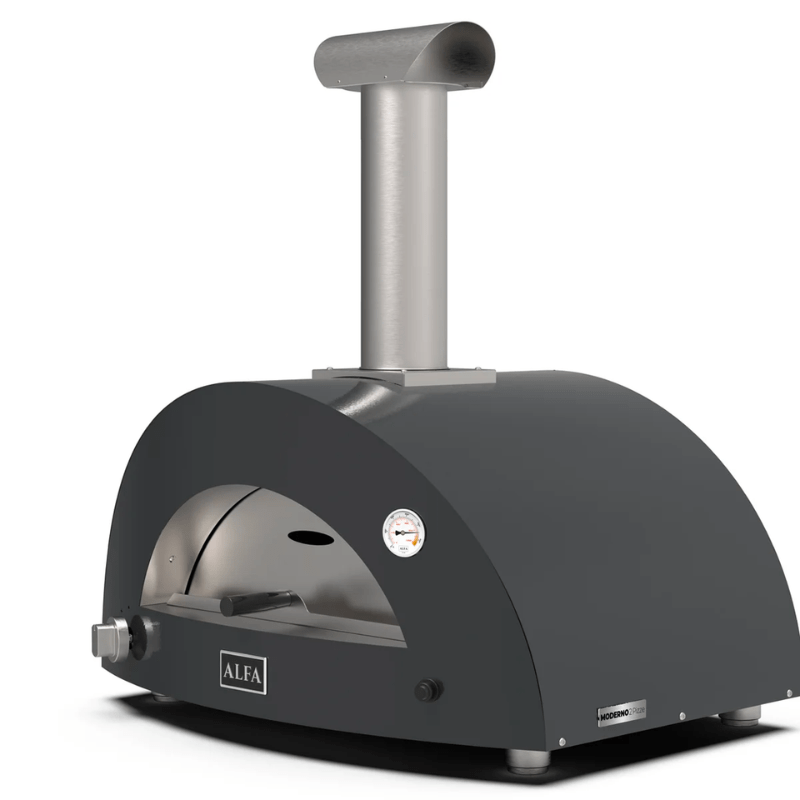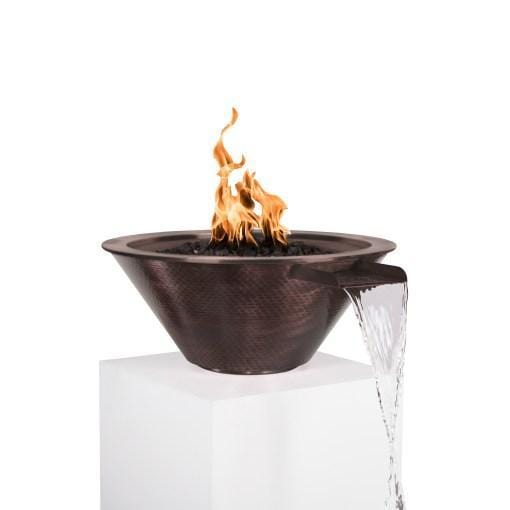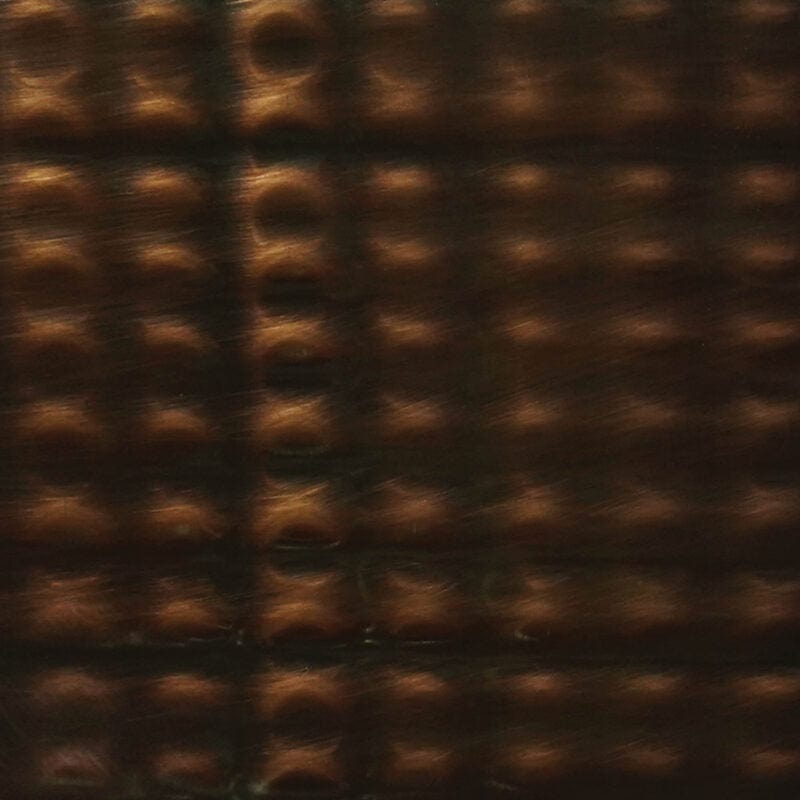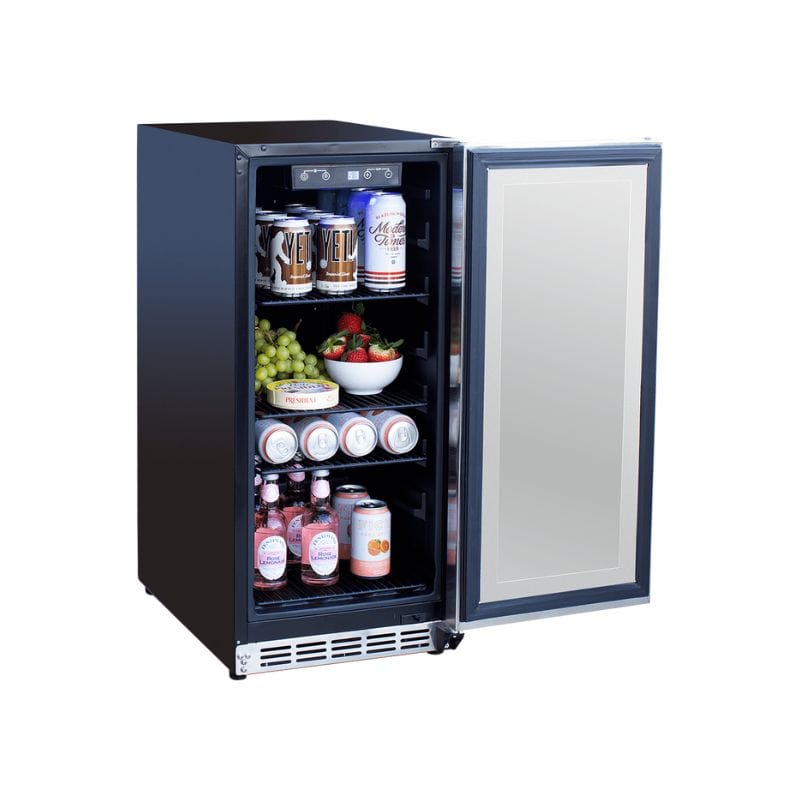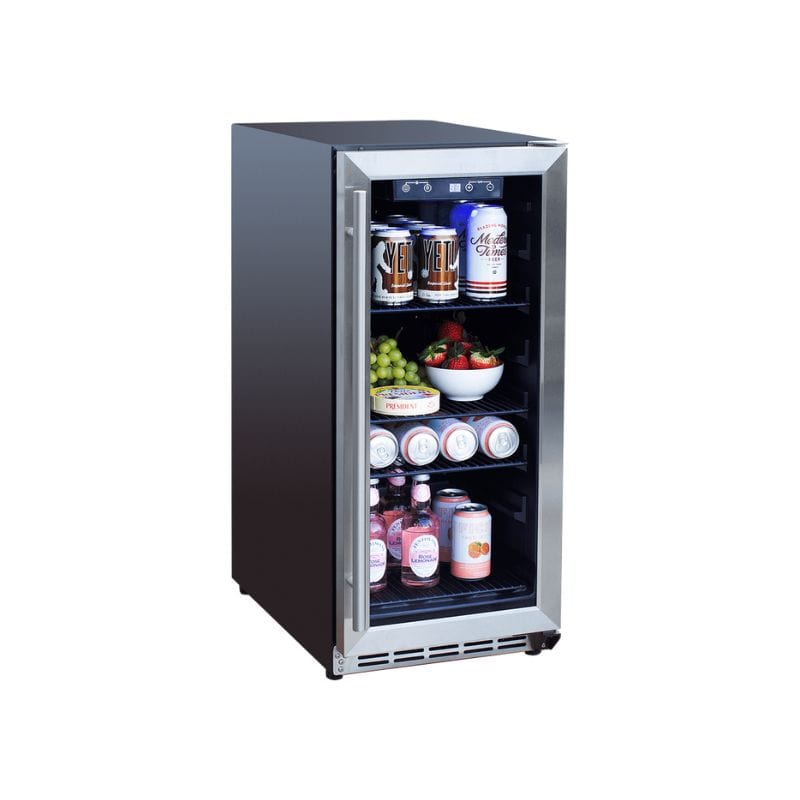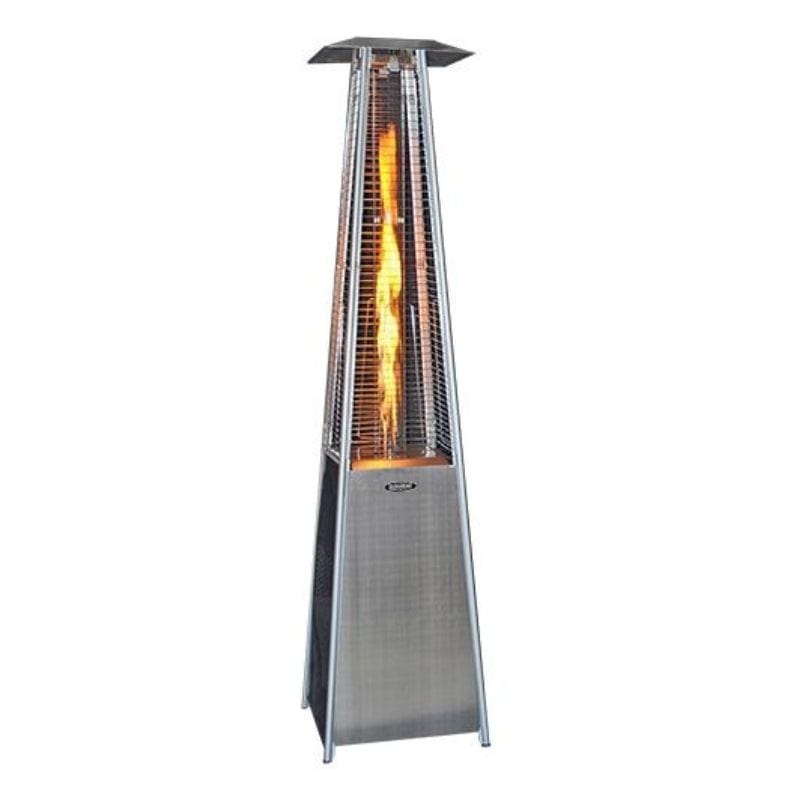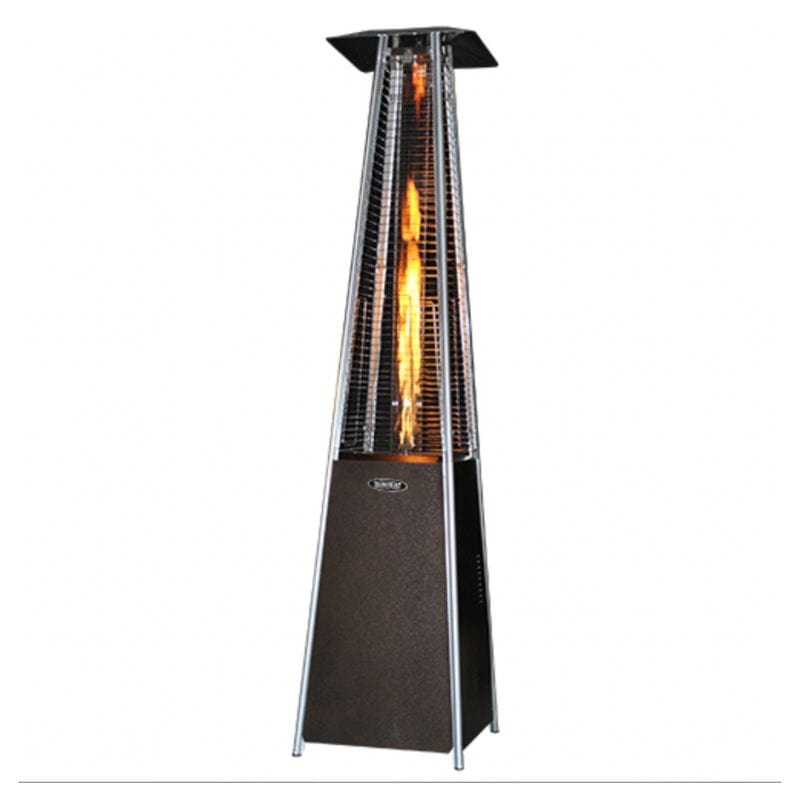Pizza Oven Temperatures for Cooking
When it comes to achieving the perfect pizza, one of the most critical factors is the pizza oven temperature. Whether you're a seasoned pizza chef or a novice at home, understanding and controlling the pizza oven temperature is the key to creating mouthwatering, restaurant-quality pies.
Cooking in a wood-fired pizza oven has become more popular as home chefs are increasingly using this ancient method of cooking to add some flair to their dishes. This method of cooking helps to create unique flavors that aren’t achieved with other fuel methods such as gas or electricity.
In this comprehensive guide, we'll delve into the ins and outs of achieving the ideal pizza oven temperature for outstanding results.
1. Understanding the Importance of Pizza Oven Temperature
The pizza oven temperature is not merely important; it is the make-or-break factor in the pizza-making process. It is the crucial determinant that influences the texture, flavor, and overall quality of your pizza. A well-regulated, high-temperature pizza oven ensures a delectably crisp crust with a slightly chewy interior, the perfect melt for your cheese, and an ideal balance of flavors as your toppings cook.
If the oven temperature is too low, the pizza can turn out doughy and undercooked. Conversely, an overly hot oven can lead to a burnt and bitter pie. Hence, finding the optimal temperature of your oven is paramount for a homemade pizza that leaves an unforgettable taste in your mouth.
Heating up your outdoor pizza oven differs depending on whether you have a wood fired or gas fired oven. While both require the same temperatures for cooking, the method in which they heat are very different.
So, how do wood fired brick ovens actually heat up? Putting pieces of wood in an outdoor brick oven creates fire and heat, which is absorbed by the oven - this is what we call the firing stage.
As shown in the video below, start with small pieces of wood and then add additional wood to build your fire.
Depending on your oven, building the fire to a maximum temperature of more than 800°F can take 30 minutes to two hours. Once you've fired up your oven, we recommend cooking several types of dishes while the oven is hot rather than just cooking one dish, like pizza.
For gas ovens, the heat source is typically located in either the back or the side of the oven. The heat will directly heat the dome first while indirectly heating the cooking floor. Therefore, it often takes longer for a gas fired pizza oven to raise the floor to a hotter temperature.
If you are using a conventional oven, you will most likely set it to its highest temperature and use a pizza stone or baking stone for cooking pizza. While using a home oven doesn't offer the higher temperature found in brick pizza ovens, you can still create a delicious pizza in the comfort of your own home.
2. Selecting the Right Pizza Oven Temperature
For the ideal pizza cooking experience, it's imperative to select the best temperature range based on the style of pizza you're preparing. Different styles of pizza demand differing oven temperatures to achieve the desired crust texture, topping cook, and overall flavor profile. For instance, a New York-style pizza, known for its thin yet pliable crust, typically cooks best at a slightly lower temperature, between 450 to 500 degrees Fahrenheit, allowing the dough to cook thoroughly without burning. In contrast, a Neapolitan pizza, with its distinctively airy and blistered crust, requires an extremely high temperature, around 800 to 900 degrees Fahrenheit, to achieve that characteristic quick-fire cook. In essence, understanding the appropriate temperature range for the pizza style you're cooking is not just beneficial—it's critical to the authenticity and quality of your final product.
As you cook in your outdoor oven, you'll find that the baking surface will start to form cold spots. This is because the heat is transferring from the oven floor to the pizza dough as the pizza cooks.
You need to plan the sequence of dishes when cooking in a gas or wood fired brick oven, and at what intervals. You can start with the dish that needs the most heat and leave the one that needs the least amount of heat last.

Pizzas, flatbreads, and sandwiches can be cooked at higher temperatures of between 575°F - 800°F by placing them on the very hot oven floor. Remember, if your 800°F, the will typically be cooler than that temperature. You'll need to experiment with how your own oven performs.

As the temperature cools to about 400°F - 650°F, you can throw in vegetable dishes such as onions, eggplants, mushrooms, tomatoes, and peppers.
For meats such as BBQ meat, ribs, chicken wings, and juicy steaks, you'll want to put them on a grill with a dish underneath to catch the juices.

Pastry items such as tarts, scones and muffins can be cooked at temperatures between 475°F to 825°F, and bread, dough, eggplant, gratin, fish, squids and scallops at lower temperatures between 215°F to 400°F.
You can use the remaining waning fire to cook breakfast casseroles for the next morning or desserts, like our famous peach cobbler shown below:
3. Measuring and Controlling Pizza Oven Temperature
Measuring and controlling the temperature inside your pizza oven is a straightforward process with the help of a few tools and techniques. Most notably, a pizza oven thermometer is invaluable in ensuring your oven reaches and retains the necessary heat level.

|
Use a suitable handheld infrared thermometer to track the temperature inside, and add or remove pieces of wood to adjust the temperature suitable for the food. If you feel the current temperature is too low for your food, just add another piece of log. If need be, you can also keep a small fire in the oven to help retain the heat in the oven. |
These purpose-built thermometers are highly resistant to the of pizza ovens and provide a reliable and accurate temperature reading. Place the thermometer in the oven while it's heating up to monitor the temperature rise. Once the is achieved, you'll need to maintain it.
This is where understanding your oven's characteristics comes in handy. Some ovens retain heat better than others, so you may need to periodically add more fuel to keep the temperature consistent. Also, rotating your pizza during the can ensure an even bake, as the side nearest the flame will always cook faster.
4. Troubleshooting Pizza Oven Temperature Fluctuations
Experiencing pizza oven temperature fluctuations during the is quite common and can be attributed to several factors. One primary cause is the inconsistent fuel supply. When the fuel (wood or coal) burns out, the temperature drops until more fuel is added, and the oven re-heats.
Maintaining a consistent pizza oven temperature requires regular monitoring and adjustment. To ensure the steady heat level, keep a consistent fuel supply by adding small amounts of wood or coal regularly, rather than larger amounts infrequently. This can prevent temperature spikes and drops.
In terms of making adjustments to avoid overcooking or undercooking your pizza, understanding the heat distribution in your oven is crucial. Typically, the area closest to the flame will be the hottest. Therefore, rotate your pizza periodically to ensure even cooking. If you notice that your pizza is cooking too quickly on the outside (the crust is becoming too dark) but remains uncooked in the center, this is a sign that your oven is too hot. You should reduce the temperature by spreading out the coals or reducing the amount of wood you're using. On the other hand, if your pizza is taking too long to cook, or the crust lacks the desired crispness, your oven may not be hot enough, and you may need to add more fuel. Through practice and observation, you'll learn to make these necessary adjustments and maintain the oven temperature.
5. Achieving Perfect Results with Precise Temperature Control
When you have mastered the art of maintaining the correct pizza oven temperature, the outcome is truly awe-inspiring. The high, consistent heat allows the dough to puff up, creating a crust that is perfectly crispy on the outside, while remaining tender and airy on the inside. The cheese bubbles to just the right level of gooeyness without overcooking. It melts evenly, enveloping the toppings in a creamy blanket, preserving their individual flavors while merging them into a symphony of taste. The toppings themselves are charred to perfection - neither raw and flavorless nor overcooked and burnt, but just right. Veggies retain a slight crunch, and meats exhibit a smoky, juicy succulence. This is the magic of maintaining the right heat level in your pizza oven. Each pizza becomes not just a meal, but a gastronomic masterpiece, testament to the precision and care invested in its creation.
6. Experimenting with Temperature Variations
Experimentation with temperature variations can open up a whole new world of textures and flavors for pizzaiolos. A slight increase or decrease in the can dramatically alter the final product, providing a unique pizza experience that caters to various taste preferences. At , the baking process is slower, resulting in a thorough cook that gives the crust a soft, bread-like texture. This might appeal to those who enjoy a chewier, doughier pizza. On the other hand, increasing the temperature can create a pizza with a crispier crust, a slightly charred exterior, and a smoky undertone, perfect for those craving a burst of robust flavors.
Novice chefs can benefit from this method of experimentation as it allows them to familiarize themselves with the intricacies of pizza making. By tweaking the oven temperature and observing the results, they can gain a deep understanding of how heat affects the dough, cheese, and toppings. This knowledge can be instrumental in their journey, equipping them to handle more complex recipes in the future.
For seasoned chefs, these subtle temperature adjustments can provide an avenue for creativity and innovation. They can experiment with various heat levels to create new versions of classic recipes or to introduce completely unique pizza offerings. The possibilities are endless and bound only by the chef's imagination and culinary prowess. Thus, the art of manipulating pizza oven temperature transcends the simple act of baking and transforms it into a journey of continuous culinary discovery and mastery.
7. Conclusion: Mastering the Art of Pizza Oven Temperature
Mastering the art of pizza oven temperature control is the gateway to creating a delectable, restaurant-quality pizza in your own home. The ability to maintain consistent heat and make necessary adjustments in response to temperature fluctuations is crucial - it's the secret to achieving that perfect balance of a crispy crust and tender interior, combined with beautifully melted cheese and perfectly cooked toppings.
Remember to observe, adapt, and amend your approach based on the results. Embrace the journey of pizza-making as one of continual learning and experimentation. Play with heat levels, understand how they influence the pizza's characteristics, and fine-tune your skills.
As always, these temperatures are only a guide, and the best thing you can do is to experiment to learn your wood fired oven's characteristics, as different wood fired ovens work differently.
Looking for more things to cook in your pizza oven? Check out our 7 Days of Wood-Fired Oven Recipes ebook for more recipes for your pizza oven! Use the code EBOOK5 to take $5 off the Recipe Book's price.
Don't have your own pizza oven? Visit our collection of wood burning ovens to get started with your own wood fired fun!
If you're already cooking in a wood-burning oven, check out the blog post on The Best Wood For Cooking so see how to experiment with different flavors of wood.

